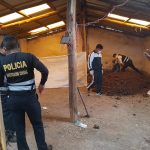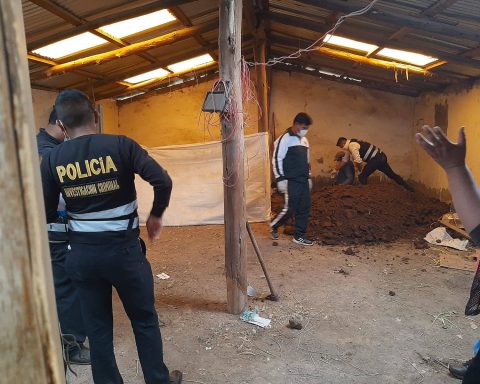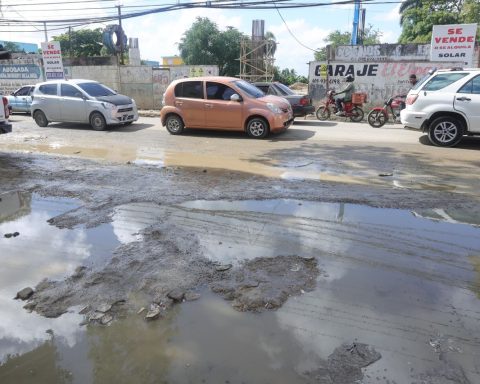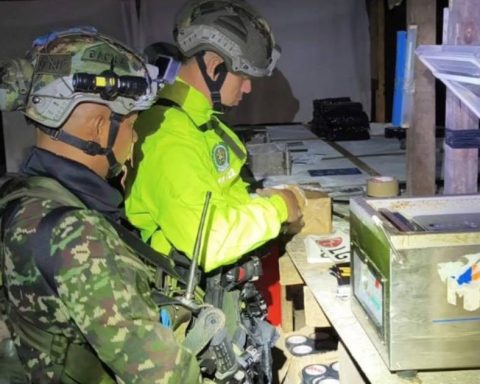Hundreds of Catholics participated this Monday in the so-called “Aquatic Stations of the Cross”, which runs through part of the Great Lake of Nicaragua or Cocibolca, in a religious tradition in which devotees recreate, on water, the suffering of Jesus Christ.
“For me the Via Crucis is remembering Jesus shedding his last blood for my salvation and your salvation,” Sonia Lugo told Efe while waiting, at the seventh station, for the motorboat pilgrimage.
The boats toured some islets located near the coast of the colonial city of Granada, in southeastern Nicaragua.
The aquatic pilgrimage, organized by the Diocese of Granada, lasted about four hours. There was less influx of participants than previous years, when the municipal authorities were in charge of the event.
Related news: Catholics overflow in the Managua cathedral after two years without processions
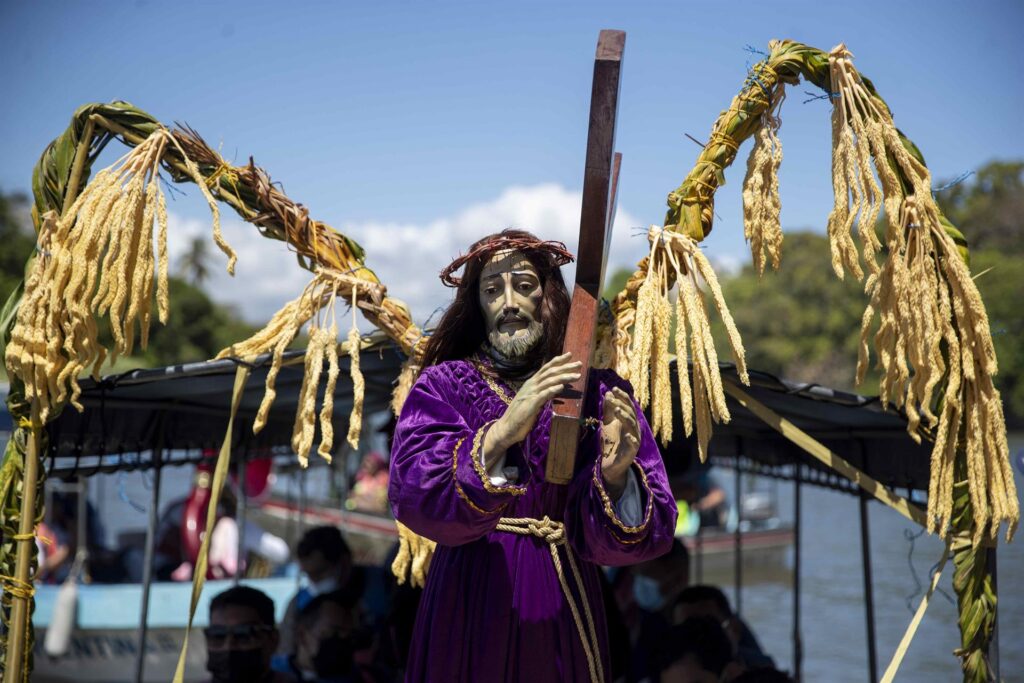
The image of Jesus with the cross on his back on the bow of a boat toured each of the 14 stations that were adorned with flowers and fruits in some of the more than 360 islets that the Great Lake has.
At the end of the stay for each station, the boat that transports Jesus Christ was loaded with the offerings, confirmed Efe, who accompanied the tour.
The 16 boats that followed the image carried at least 15 people who photographed or took video of the religious spectacle, a tradition that began more than 41 years ago.
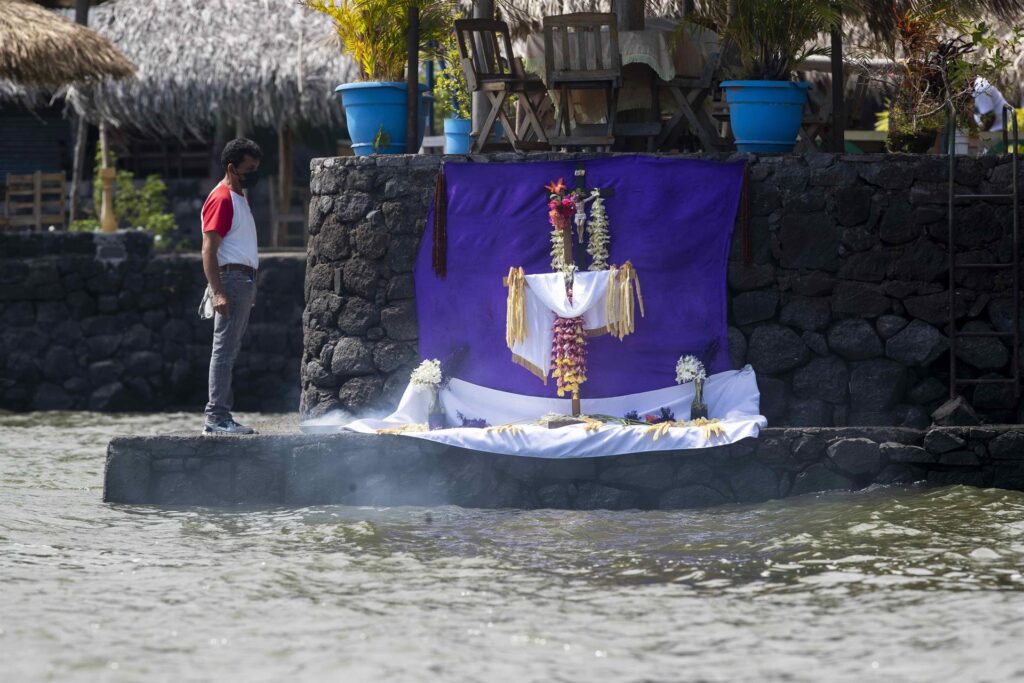
On this occasion, the celebration was not guarded by police officers or by members of the Naval Force, and there were also no people dressed representing the image of Christ, an event that was sponsored by the Nicaraguan Institute of Tourism (Intur) in conjunction with the Mayor’s Office. from the city.
This tradition is considered unique in the world, because only in Nicaragua is the revered image of Jesus of Nazareth carried – with his hands tied – transported in a boat, decorated with flowers and flags, according to its organizers, although it is already replicated in other points. from the same lake.
The “Aquatic Stations of the Cross” were attended by boats by the natives of the islets, as well as people from the municipalities surrounding the colonial city of Granada.






